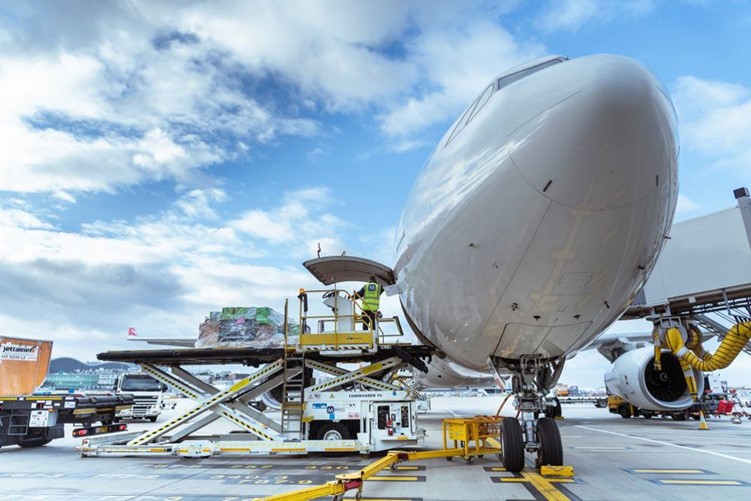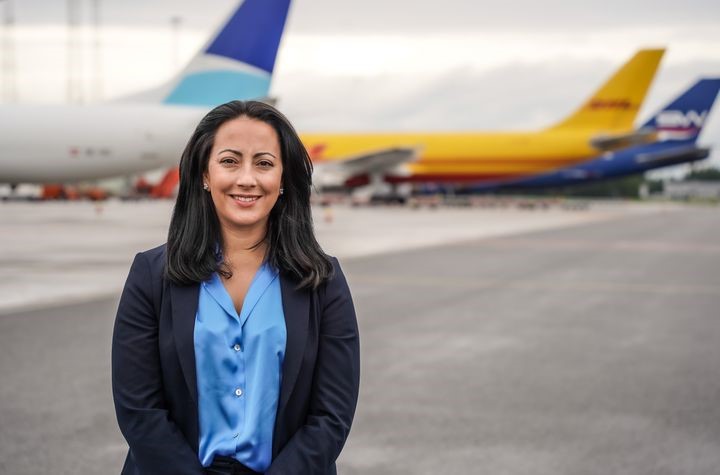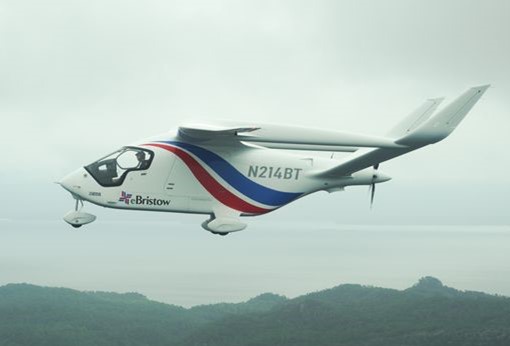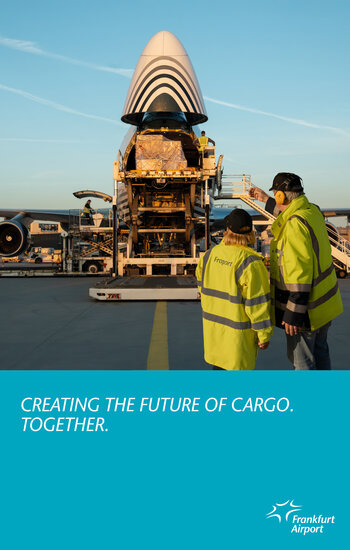The manager of global transportation and cargo ground handling has launched operations at Oslo Gardermoen Airport. The step follows Menzies’ acquisition of Spirit Cargo Handling.The takeover was announced in June this year and completed on 01SEP2025. Spirit was previously owned by SAS Ground Handling Norway and has capacity for 150,000 tons of air freight per year, boosting Menzies’ annual cargo throughput.
Further to this, the first electric powered cargo flight was launched in Norway.
Menzies is a new cargo operator at Oslo Airport and intends to focus on high demand items. This applies above all to salmons and other maritime products harvested at the coastal waters of Norway, mainly its northern part. There, large fish farms have been established whose contribution to Norway’s gross domestic product now ranks third after oil and gas. Hence, seafood is crucial to Norway’s economy, since this industry provides a large number of jobs, both directly and indirectly, and supports many coastal communities. With record export revenues, a long coastline, and strong growth in its aquaculture sector, Norway has become a leading global seafood producer and exporter. After being caught and packaged, the salmon, king crabs, and other seafood produce are transported by truck in cool boxes filled with fresh ice to southern Norway, 1,000 to 2,000 km away, to be flown from Gardermoen Airport to destinations around the world, with the exception of quotas destined for the domestic market.

Speed and reliability are essential
It goes without saying that these time-critical logistics services combined with utmost reliability in ground handling are essential for these perishable goods to secure their integrity. This service was previously provided very competently by Spirit, but is now the responsibility of Menzies’ headcount following Spirit staff’s takeover. The agreement signed by both parties also includes the warehouse at Oslo Airport formerly run by Spirit which will be rebranded under Menzies Aviation. Miguel Gomez Sjunnesson, Executive VP Europe of Menzies Aviation said: “By adding a new cargo station to the Menzies global network, we’re building momentum in key markets and reinforcing our commitment to supporting cargo growth across the region.” Beau Paine, Executive Vice President Cargo at Menzies Aviation added: “As we grow our global cargo network, we remain committed to being the cargo provider of choice through operational excellence, reliability and innovation.”

Gardermoen is part of airport operator Avinor that runs 43 airports all across Norway with Oslo, Bergen Stavanger and Trondheim being the most prominent ones. “We are very pleased that Menzies World Cargo is now becoming part of the Oslo Airport community,” says Eva Beate Lande, Head of Cargo at Avinor. Their establishment strengthens both capacity and services within cargo, providing airlines and businesses with an even stronger foundation for further growth.”
Menzies already has a strong presence at OSL through passenger and ramp services, among others. Thanks to their broad global network and multiple ground handling activities they bring both experience and growth opportunities to airports where they run stations. Over time, this may bring new momentum to the cargo sector at Gardermoen and help further develop its service and product offerings, states OSL management in a release.
Oslo Airport plays a central role as a hub for Norwegian exports and imports. A broad and competitive cargo throughput is crucial for the seafood industry, manufacturing, and other exporters. Menzies World Cargo will help strengthen this position even further, says Lande. Final remark from the operator: Avinor looks forward to a good partnership with Menzies World Cargo and to further developing Oslo Airport as an efficient and modern hub for air cargo in the Nordic region.

Norway reports first electric powered cargo flight
An electric aircraft ALIA, produced by BETA Technologies, completed its first flight taking from Stavanger to Bergen. The operation of the ALIA electric aircraft is part of Norway’s international test arena for zero- and low-emission aviation, and the route was flown to simulate cargo service. The route Stavanger – Bergen will be flown regularly throughout the entire duration of the test phase. ALIA has an ultimate range of 400 km, making the 160 km distance between the two cities well within reach. The aircraft is single-engine, designed for single-pilot operations, and has a total payload capacity of 562 kg – equivalent to 5 passengers. It flies at speeds between 210–270 km/h, comparable to a light aircraft.
Evaluating use cases
The test arena is performed in a partnership between Airport operator Avinor, the Norwegian Civil Aviation Authority (CAA.no), Vermont, USA-based Beta Technologies a manufacturer of electric VTOL aircraft and Helicopter operator Bristow Norway. It is designed to evaluate use cases and routes for zero- and low-emission aviation in the Nordic region.
The test flight program is carried out in three phases, running until JAN2026. During the initial phase, the project focuses on takeoffs and landings in Stavanger, followed by visual flights and the familiarization with the aircraft for pilots as well as ground and tower personnel. Phase two will focus on operational maturity and full-route flights between Stavanger and Bergen. In phase three, the aircraft will operate under instrument flight rules. Avinor and the Civil Aviation Authority of Norway have established Norway as an international test arena to prepare the aviation ecosystem for zero- and low-emission aircraft and to lay the foundation for scaling new technologies. The purpose of the test arena is to generate and share knowledge, provide operational learning, and gain hands-on experience by testing in real operational environments.




